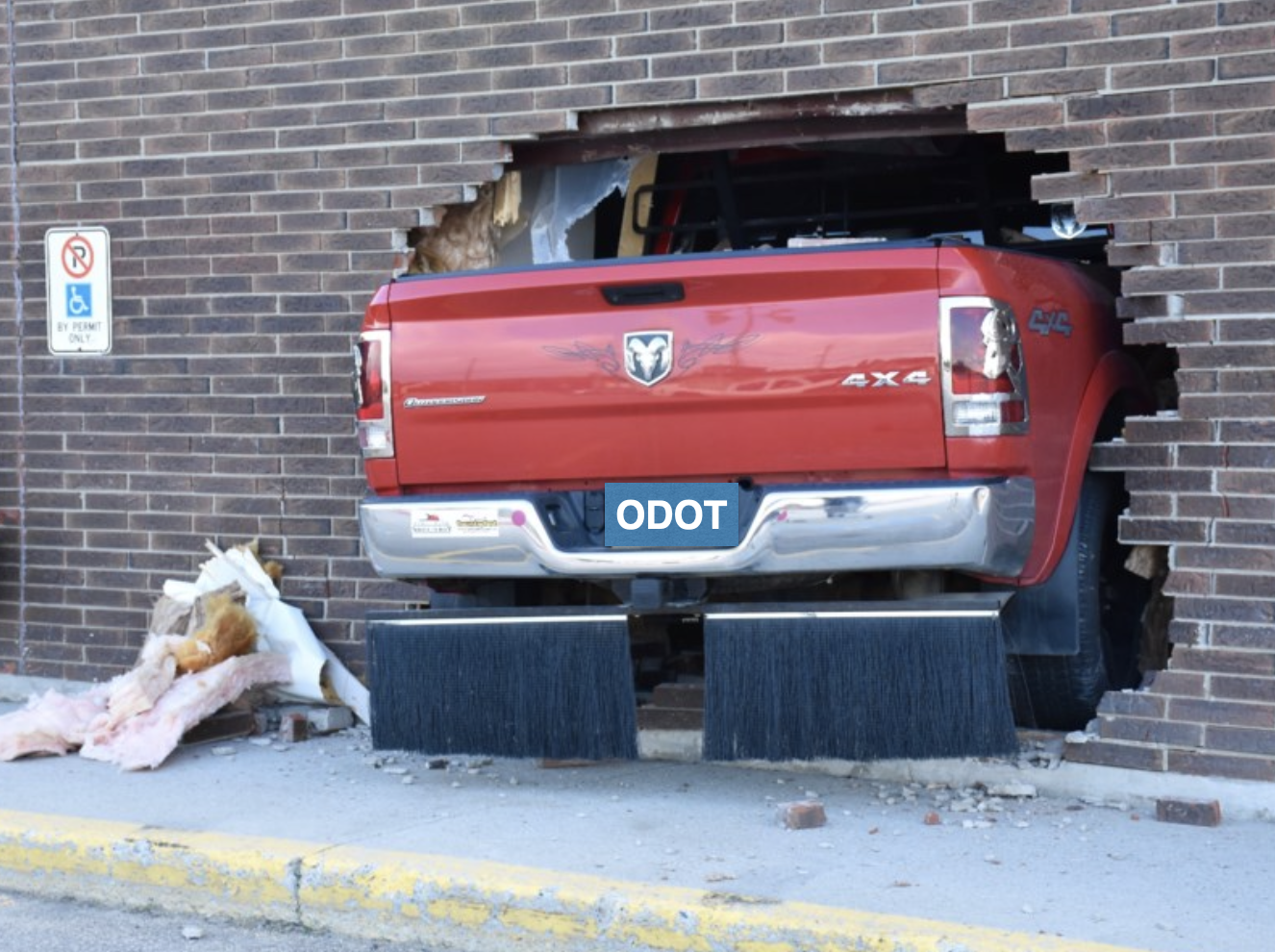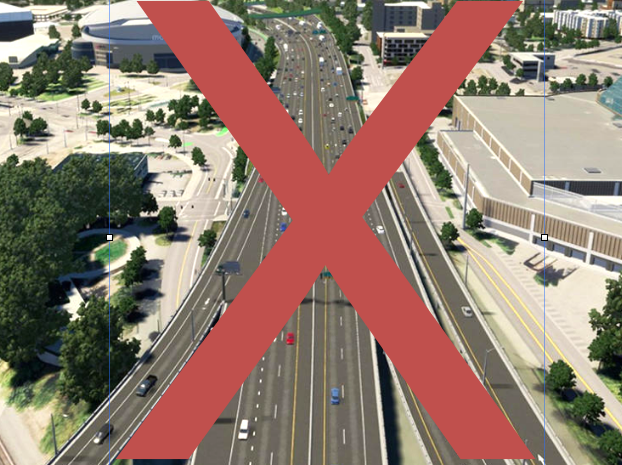What City Observatory Did This Week
Oregon’s transportation agency has driven itself into a fiscal brick wall of its own making. After the Legislature rejected a $14 billion transportation package, ODOT announced hundreds of layoffs while stubbornly clinging to unfunded mega-projects that have exploded in cost.

The Rose Quarter freeway widening exemplifies this dysfunction. The project has ballooned from $1.9 billion to $2.1 billion (with estimates reaching $2.5 billion), while its funding has evaporated. The Biden Administration rejected ODOT’s $750 million federal grant request, and Trump’s “Big Beautiful Bill” rescinded an estimated $400 million in previously awarded grants. ODOT staffers were apparently clueless about this funding loss for days after Congress acted.
Meanwhile, the agency has burned through over $130 million on Rose Quarter consultants alone, with no construction funding secured. Rather than cancel bloated projects, ODOT diverted $100 million in bridge maintenance funds to cover cost overruns on the I-205 Abernethy Bridge and continues planning to spend $60 million on a tiny project sliver just to get construction started.
The agency’s priorities are backwards: laying off hundreds of workers while protecting consultant contracts and pushing forward with billion-dollar-per-mile projects it can’t afford. It’s like a laid-off dad buying an $85,000 pickup truck while his family goes without basic necessities. ODOT is using its own employees as hostages to extract more public money for its mega-project obsession.
A Stake Through the Heart of ODOT’s Rose Quarter Folly. The $2.1 billion I-5 Rose Quarter project is dead—killed by decisions in Salem and Washington DC that have finally driven a stake through ODOT’s speculative financial fantasies.
The Legislature’s failure to pass HB 2025 eliminated the $125 million annual “anchor project” fund that would have helped finance this boondoggle. Meanwhile, Congress passed the “Big Beautiful Bill,” which rescinds $300-400 million in federal “Reconnecting Communities” grants that ODOT was counting on to pay for the project.
ODOT’s response? Pure denial. Despite lacking funding for a project that has quintupled in cost since 2017 (from $450 million to $2.1 billion), the agency insists it will proceed with groundbreaking next month. It’s pursuing a cynical “drive stakes and sell bonds” strategy—spending $60 million to start construction and force the Legislature to fund completion later.
The juxtaposition is grotesque: ODOT announces hundreds of layoffs while launching the most expensive project in its history—one it admits it cannot afford to finish. The agency has burned through over $130 million on Rose Quarter consultants with no construction funding secured, yet protects these contracts while axing its own workers.
As State Representative Mark Gamba noted, “I don’t know how they start actual construction on the Rose quarter now, without some bill that begins to create that level of funding.” The reality is simple: this zombie project may shamble on briefly, but ODOT will soon have to acknowledge it cannot pay for this grotesquely expensive mistake.
Must Read
Cars amplify loneliness: We’re more distant from one another than in previous eras, and a key reason is automobile transportation, which tends to isolate us from others. A new study from Britain confirms this fundamental intuition about automobile transportation. The Guardian reports that a careful analysis of statistical connections between loneliness and transportation infrastructure reports that auto-dependent areas amplify isolation:
“Our first-of-its-kind analysis shows a very clear and statistically significant link between car dependency and loneliness, with results indicating that loneliness increases by 5% for every 20% fall in satisfaction with public transport and active travel. Put another way, failing to provide alternatives to cars is making people more lonely and more isolated.”
A Seattle suburb legalizes corner stores. If your neighborhood isn’t walkable, its partly because the local government has made it illegal to build a corner store, or shop, bar, coffee shop, or other retail establishment in your residential neighborhood. Bothell, Washington, a suburb east of Seattle has taken a bold new approach to zoning which legalizes these neighborhood retail establishments in most of the city’s residential areas. As The Urbanist explains:
Bothell’s new rules for allowing neighborhood corner stores and cafes are some of the most permissive in the state. Along with those uses, property owners can open bars and taverns, bike shops, boutiques, artisan manufacturing facilities with on-site sales, offices, art galleries, salons, and child care centers in all residential zones.
For too long, most American cities have made it illegal to replicate the historic pattern where common retail uses could be interspersed with housing, making it easy to walk a few blocks to get a cup of coffee, a quart of milk or some ice cream. A first step in the right direction is to remove these legal barriers.
Using seismic fear tactics to sell a $7;5 billion bridge. The Oregon and Washington Department’s of transportation have been pushing for the two state’s to spend a huge chunk of money to replace the I-5 bridges over the Columbia River between Oregon and Washington because they are theoretically vulnerable to a Cascadia subduction earthquke. The two DOTs have even produced a terrifying animation of how the bridges might collapse during such an event. The problem: There’s actually no scientific evidence that the bridges are particularly vulnerable to collapse, according to independent engineers, as Clark County Today reports:
IBR’s fear-based messaging lacks verified engineering data: The IBR program continues to rely on a dramatic video — produced by its marketing team — depicting the current I-5 bridges collapsing into the Columbia River during a Cascadia Subduction Zone earthquake.
“For the past four years, IBR has used this video to instill fear in the public and elected officials to promote construction of a new bridge,” according to retired engineer Bob Ortblad.
However, a Public Disclosure Request filed by Ortblad revealed no current engineering analysis supports the video’s narrative. He concluded the imagery is based on outdated or nonexistent studies.
According to Ortblad, the Washington and Oregon transportation departments got $1 million to study the seismic risks in the area, but failed to identify any problems with the existing bridges.

